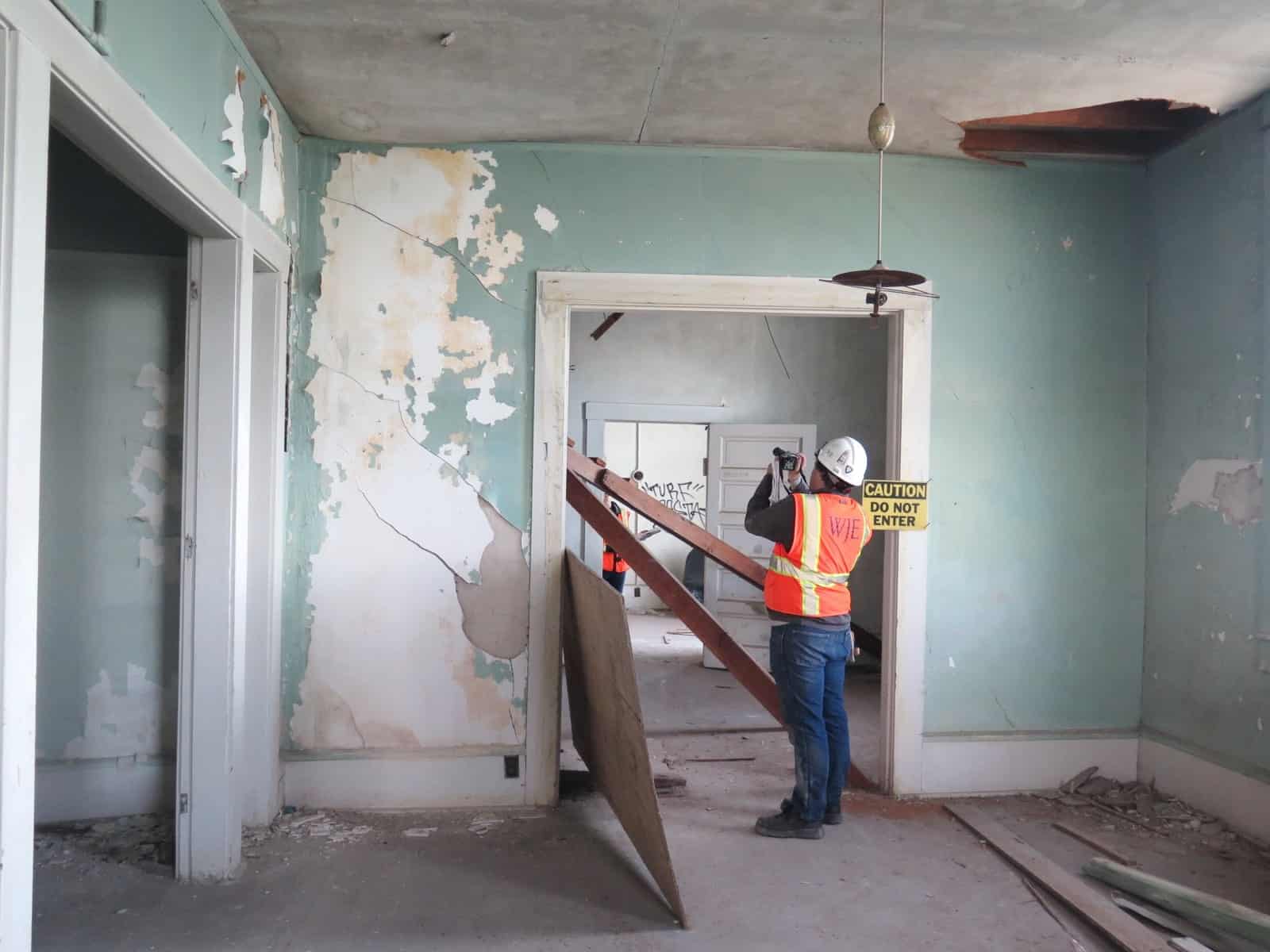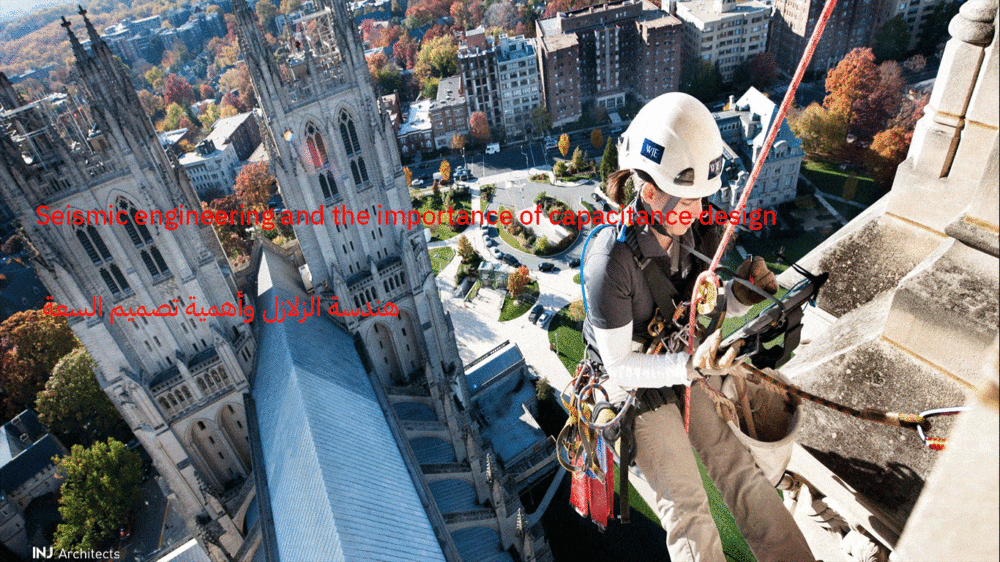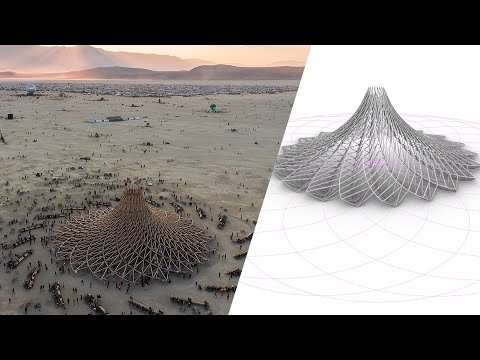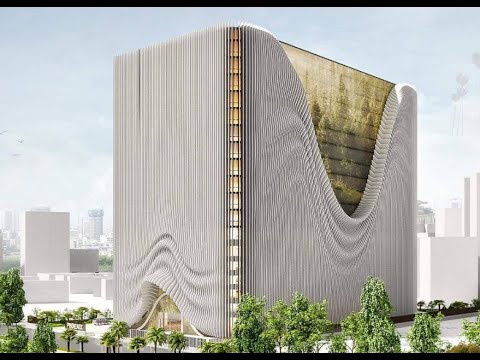Seismic engineering and the importance of capacitance design
-
Seismic engineering and the importance of capacitance design
Seismic engineering and the importance of amplitude design, what is earthquake design?
Design earthquake is a theoretical earthquake event that modern building designers use to verify the resilience of the new structure.
It is impossible to create a completely earthquake-proof structure, yet the building can be designed to withstand a design earthquake or at least act in a predictable manner should an event occur at the design level.
In the design of the specific case, the design earthquake usually refers to the final limit state.

-
Earthquake Load Design Process
The design process of earthquake loads has three important differences when compared to other structural loads
- The designer accepts damage to both non-structural and some structural elements, but breakdown must be avoided.
- Earthquakes are dynamic, highly variable events that designers can simplify into equivalent lateral loads.
- Earthquakes have a higher level of uncertainty than other forms of structural loading.
The design turns into a simple process of specific design and analysis but leaves a degree of uncertainty,
that makes it important to introduce a degree of durability and redundancy into the design.

-
Work stress design
Before 1960, seismic design in New Zealand relied on creating structures strong enough to withstand design earthquakes.
The designers applied a lateral seismic load that was taken as part of the building’s weight,
and the structure was then designed so that the gravitational load plus the seismic load was less than the total permissible load,
and the structure was supposed to act flexibly during an earthquake at the design level.
This design approach is known as the work stress method applied in seismic design,
so if a building is subjected to an earthquake greater than the design level,
it is uncertain how it will behave due to exceeding the elastic limit.
-
Capacitance design
The aim of the capacitance design is to confirm that the building obeys a controlled ductile behavior to avoid collapse in an earthquake at the design level.
This includes designing the structure to allow ductile failure at key,
predictable locations within the structure and to prevent other types of failure occurring near these sites or elsewhere in the structure.
In other words, in a structure containing brittle and flexible elements,
capacity design is a way to provide the structure with an overall ductile property.

Fragility and softness
Fragile elements have a very limited ability to deform inelastic without losing strength – to put it simply, they break when bent.
Fragile materials include glass, unreinforced concrete, cast iron, and unreinforced construction.
In contrast, ductile elements can withstand repeated displacements without significant loss of strength,
they may bend and deform, but they do not break easily.
Ductile materials include properly detailed reinforced concrete and structural steel.
When the structure operates in an ductile manner, it generally dissipates the energy of the earthquake,
and this energy dissipation is sometimes referred to as controlled damage,
as the ductile elements within the structure may self-destruct in order to protect the rest of the structure.
In conventional reinforced concrete buildings and steel buildings,
steel production or steel-reinforced elements are used to provide the ductility and energy dissipation necessary to protect the building from collapse.



